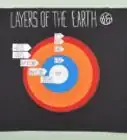This article was co-authored by wikiHow staff writer, Jennifer Mueller, JD. Jennifer Mueller is a wikiHow Content Creator. She specializes in reviewing, fact-checking, and evaluating wikiHow's content to ensure thoroughness and accuracy. Jennifer holds a JD from Indiana University Maurer School of Law in 2006.
There are 8 references cited in this article, which can be found at the bottom of the page.
This article has been viewed 9,229 times.
Learn more...
If you push or pull on a spring and then let it go, it snaps right back to its original position. The spring constant tells you how much force the spring exerts when it does that, but how do you figure out what the spring constant is? You're in luck because there's a simple formula you can use. Read on to learn how to apply the formula to find the spring constant, then try your hand with a few practice problems.[1]
Things You Should Know
- Use the formula to find the spring constant for an ideal spring.
- Express Hooke's Law mathematically with the equation .
- Display the spring constant on a graph as the slope of a straight line since the relationship between force and distance is linear.
Steps
Practice Problems
-
1Find the spring constant of a stretched spring that supports of weight if the spring stretches another when is added to it.[7]
- Hint: Since the spring constant is measured in , convert to .
-
2What force is required to stretch a spring if the spring has a spring constant of ?[8]
- Hint: Use the equation for Hooke's Law without the negative symbol, which doesn't have a mathematical function: .
-
3If a person who weighs steps on a scale, the scale's spring compresses by . What is the spring constant of the scale's spring?[9]
- Hint: The person's weight is equivalent to the force applied to the spring.
-
4What is the spring constant of a spring if it stretches when a force is applied?[10]
- Hint: Remember to convert the to since the spring constant is measured in .
Solutions to Practice Problems
-
1The spring constant is . You aren't given the distance the spring is stretched when the first is added to it, but that doesn't matter because the spring constant is always the same. Plug the values for the second weight into the formula to find the spring constant:[11]
- The formula to find the spring constant is . Here, the force is and the distance the spring stretches when that force is added is , so your equation is .
- Divide by , then round to get your answer of .
- Why not ? Because you don't know the distance the string stretched when the first weight was applied. You only know the additional distance it stretched when the second weight was applied.
-
2The force applied is . Plug the values you were given into the equation for Hooke's Law and you get . Then, you simply multiply to find the answer.[12]
-
3The spring constant of the scale's spring is . First, convert to , since the spring constant is measured in . Then, plug the values into your equation to find the spring constant:[13]
-
4The spring constant is . Start by converting to . Then, since you're asked to find the spring constant, use the formula :[14]
References
- ↑ http://labman.phys.utk.edu/phys221core/modules/m3/Hooke's%20law.html
- ↑ https://www.austincc.edu/jheath/CPI/CPLAB02.htm
- ↑ https://math.temple.edu/~dhill001/course/DE_SPRING_2016/Hookes%20Law%20for%20Springs.pdf
- ↑ https://www.elmhurst.edu/physics/newtons-third-law/
- ↑ https://www.phys.ksu.edu/personal/mjoshea/OutdoorSportModelling/Belaying/ProblemSpringConstantOfARope.pdf
- ↑ https://bungeejournal.academic.wlu.edu/files/2014/11/Relationship-between-spring-constant-and-length.pdf
- ↑ http://labman.phys.utk.edu/phys221core/modules/m3/Hooke's%20law.html
- ↑ http://riesz1718.pbworks.com/f/087-Hooke's%20Law%20practice%20problems.pdf
- ↑ https://sites.millersville.edu/tgilani/pdf/Fall%202017/PHYS%20131-Recitation/Week%2010%20Recitation.pdf
- ↑ http://riesz1718.pbworks.com/f/087-Hooke's%20Law%20practice%20problems.pdf
- ↑ http://labman.phys.utk.edu/phys221core/modules/m3/Hooke's%20law.html
- ↑ http://riesz1718.pbworks.com/f/087-Hooke's%20Law%20practice%20problems.pdf
- ↑ https://sites.millersville.edu/tgilani/pdf/Fall%202017/PHYS%20131-Recitation/Week%2010%20Recitation.pdf
- ↑ http://riesz1718.pbworks.com/f/087-Hooke's%20Law%20practice%20problems.pdf
- ↑ https://math.temple.edu/~dhill001/course/DE_SPRING_2016/Hookes%20Law%20for%20Springs.pdf


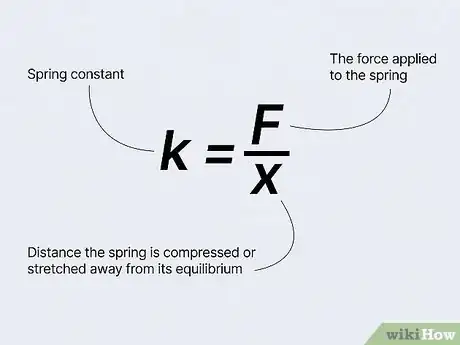




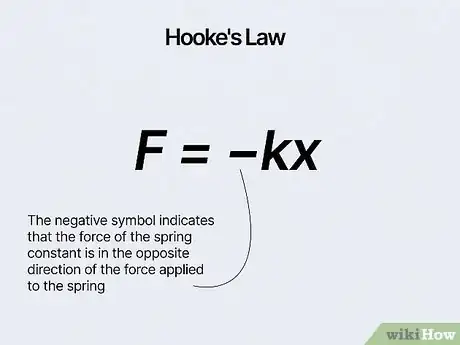
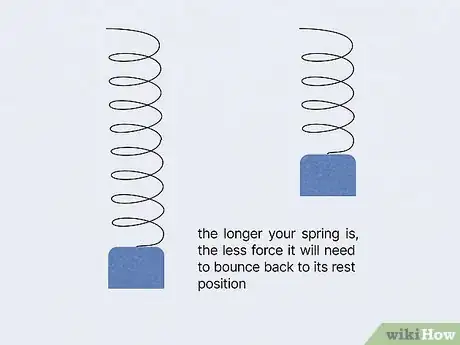
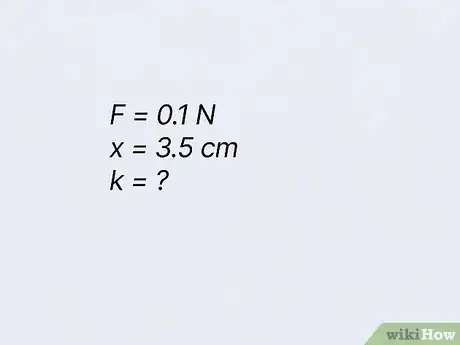



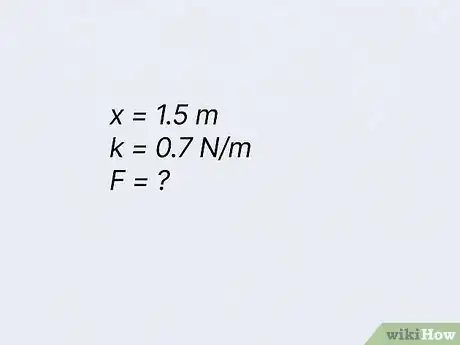






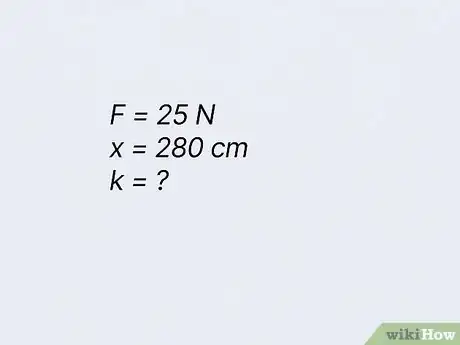










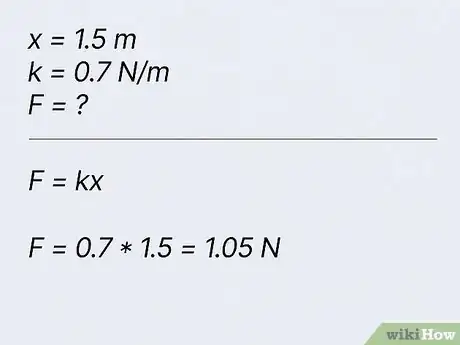


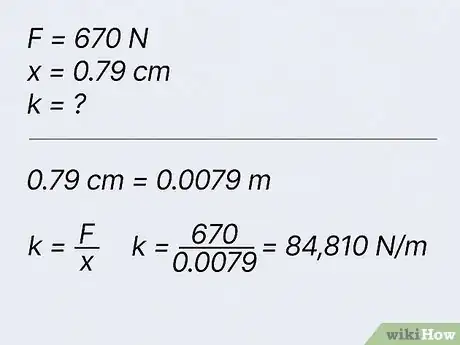



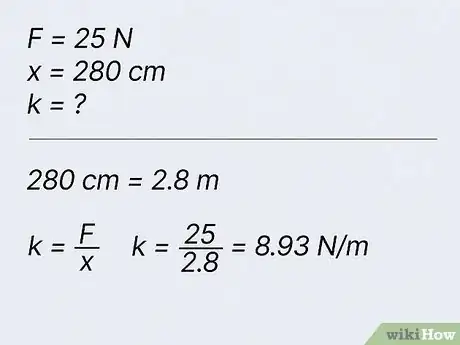










-Electric-Shock-Step-9.webp)

















